Frederick Douglass Remembers Decoration Day, May 30, 1881
Posted by Jane Metters LaBarbara.May 28th, 2019
Blog post by Stewart Plein, Assistant Curator for WV Books & Printed Resources & Rare Book Librarian
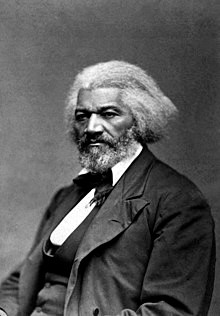
Decoration Day, May 30, 1881. Frederick Douglass, considered among the greatest orators of the nineteenth century, stood on the grounds of Storer College, the first institution of higher learning for African Americans in West Virginia, a state not long separated from its parent, Virginia. Douglass, a trustee of Storer College, was the Decoration Day keynote speaker. The events of the day were part of a commencement celebration that also included the laying of the cornerstone for a new building. This new addition to campus would be called Anthony Hall, “in honor of Mr. Anthony, of Providence R. I., a relative of Senator Anthony.” But Douglass was not there to praise the success of Storer College, or to decorate the graves of soldiers who fought and died during the late Civil War, instead, Douglass took this occasion to talk about his friend and fellow abolitionist, John Brown, whose execution following his failed raid on Harper’s Ferry in 1859, twenty-two years before, was within living memory of many of the attendees that day.
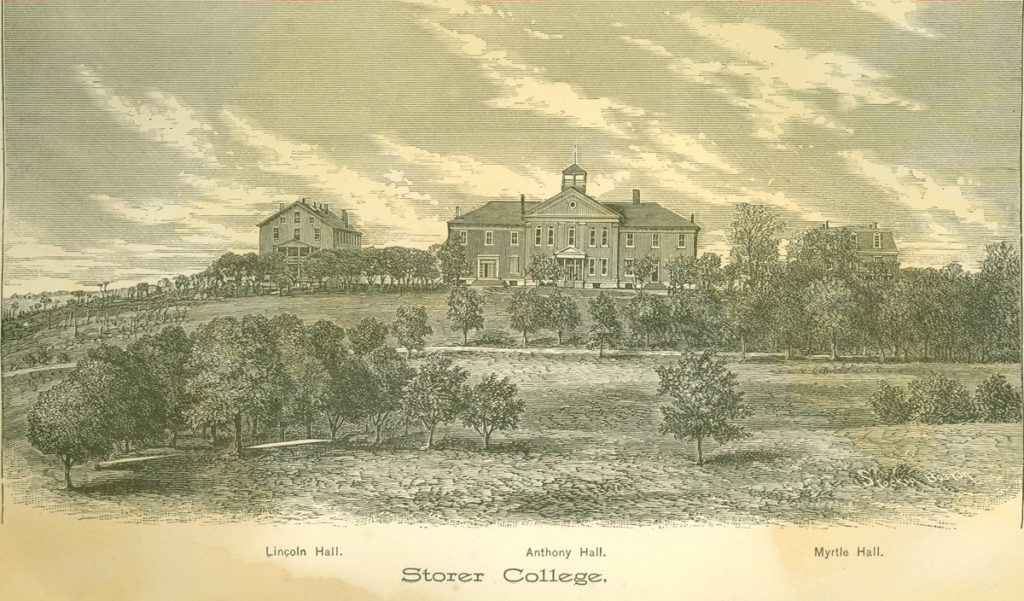
Decoration Day, now known as Memorial Day, was established in 1868 to honor Union soldiers who died during the Civil War. This day of mourning was an annual act of healing for the nation but also a day of remembrance. Frederick Douglass judged this moment as the long awaited opportunity to speak about John Brown, to reflect on the state of the nation at that time, as well as all that ensued following Brown’s attack on Harper’s Ferry. In his opening comments Douglass planned to
“pay a debt long due, to vindicate in some degree a great historical character, of our own time and country, one with whom I was myself well acquainted, and whose friendship and confidence it was my good fortune to share, and to give you such recollections, impressions and facts, as I can, of a grand, brave and good, old man, and especially to promote a better understanding of the raid upon Harper’s Ferry of which he was chief. . .”
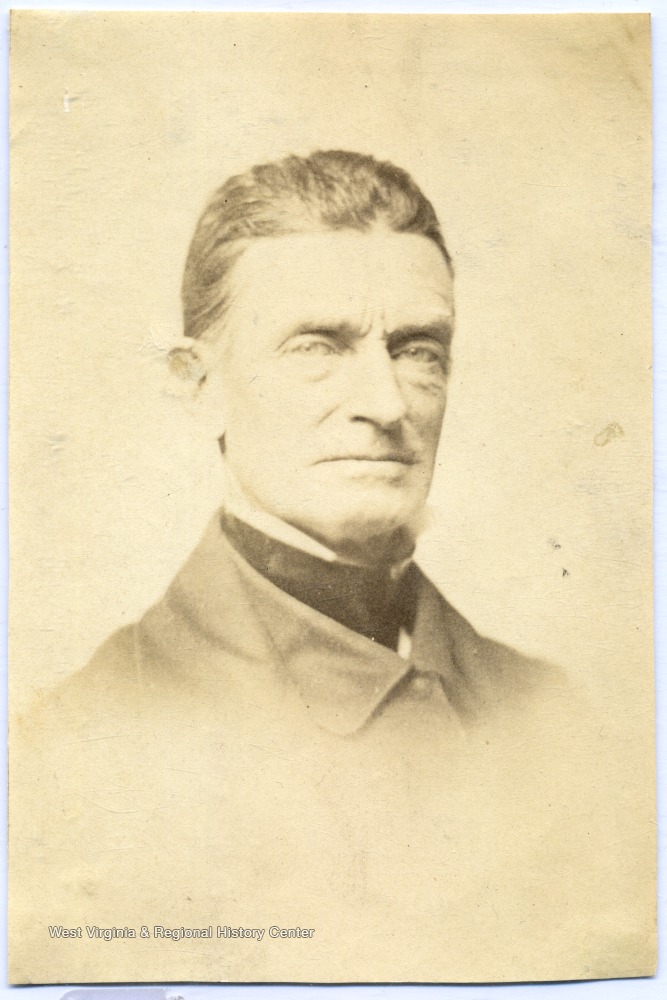
Douglass’ speech had a dual purpose. His first goal was to vindicate the fallen hero of Harper’s Ferry, and the second was to raise funds to establish a John Brown professorship at Storer College. As a gifted orator, Douglass was long in the habit of printing speeches and selling them to raise funds. This time, he planned for the proceeds to support the establishment of the Brown professorship.
While Douglass’ Decoration Day speech is well known to scholars as an important oration on the topic of John Brown, little is known about the intended establishment at Storer College of the John Brown professorship. One newspaper, the Harrisburg Telegraph, published in Harrisburg, Pennsylvania, reported that the Rev. J.W. Dunjee, formerly the pastor of the Calvary Free Baptist church in Harrisburg, was now working for Storer College. The article states,
“It is desired to endow a chair with $15,000, to be called the John Brown professorship. Subscriptions will be received by Mr. Dunjee. He also has copies of Frederick Douglass’ oration on John Brown for sale, the proceeds of which will go towards the endowment.”
The speech, “John Brown: An Address by Frederick Douglass,” was printed by the Morning Star, a weekly newspaper known for its anti-slavery stance, and published by the Free Will Baptists. The speech was published in Dover, New Hampshire, one of three Morning Star publishing locations, with two others in Limerick and Portland, Maine. The Free Will Baptists were intimately involved in Storer College. Founded by Free Will Baptist John Storer, and named for him, the College was supervised by another Free Will Baptist, Nathan Brackett. Storer College was originally founded to educate former slaves, instructing them to be teachers and ministers.
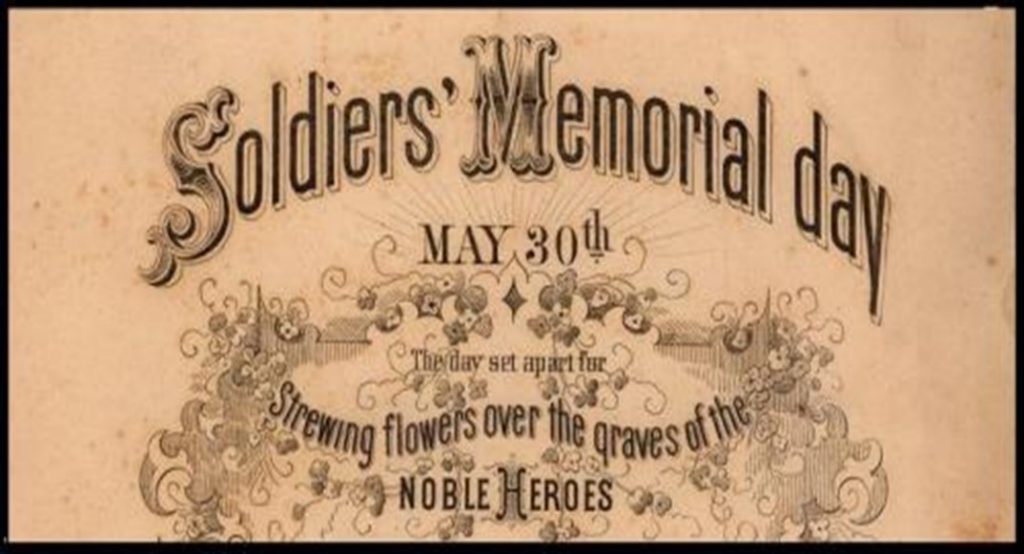
Since its founding, the typical Decoration Day event included the decorating of military graves. Though this is not known to have occurred at the Storer College Day commencement event. Whether the traditional form of decoration took place or did not, it could be said that the decorations made that day went beyond the established tradition. Douglass’ speech may well be seen as a decoration to the memory of John Brown, laying his passionate oratory like flowers on the grave and lingering memory of Brown. Storer College too, was part of this effort, decorating its campus by laying the cornerstone for the construction of Anthony Hall. Though little of Storer College remains today, Anthony Hall still stands.
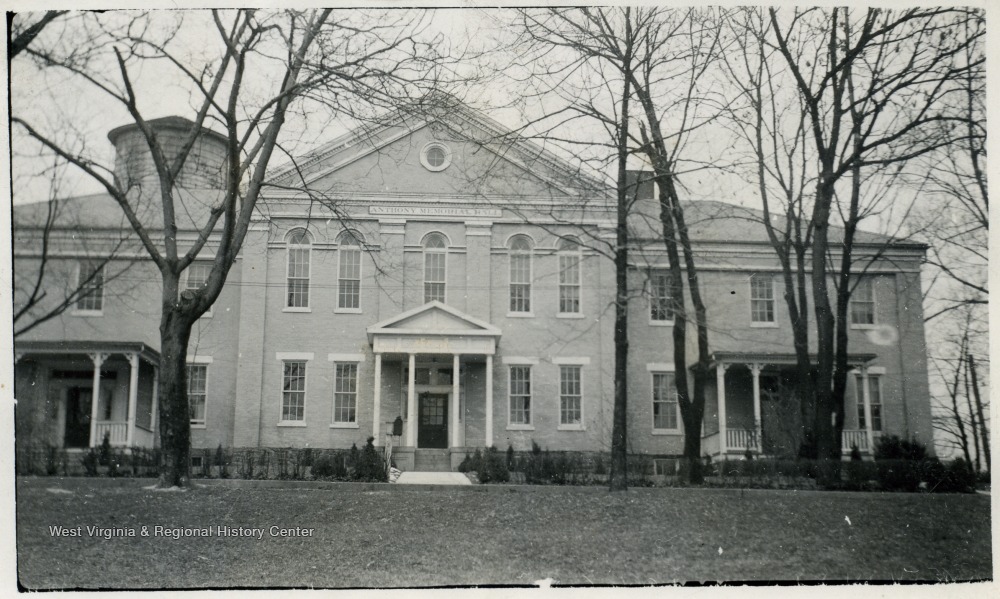
Despite the publicity, the dramatic oration, and the dedication of funds to support a John Brown professorship at Storer College, it never happened. No accounting of funds raised has been found, no records of dispersal could be located, but there may be an answer to that lingering question. Records in the Storer College archives reveal budgetary issues constraining the college following the construction of Anthony Memorial Hall. In short, Storer College was in the red. Although no record has been found, it is likely that the funds raised for the professorship were used to balance the Storer College budget.
While it may seem that Frederick Douglass failed in his goal to establish a John Brown professorship at Storer College, his oration on John Brown achieved something remarkable. Douglass, by re-examining the life and passion of John Brown, revealed a deeper connection to Brown’s strike at Harper’s Ferry as the initial blow that led to the Civil War, and a blow struck in the death of slavery. After Douglass’ speech, Brown appears less the zealous fanatic to the nation and more the revolutionary. Newspapers across the country reported on the effects of this speech. Though still a figure that remains clouded, our perception of John Brown is forever altered by this speech, surrounded by the cloak of Douglass’ remembrance, and enlightened by his impassioned oration.
If you would like to learn more about Frederick Douglass, John Brown and Storer College, please visit the West Virginia and Regional History Center. You can also view photographs on our digital photos website, West Virginia History OnView, and learn more about the Storer College archives on the WVRHC website.
Sources:
- Image of Frederick Douglass from Wikipedia
- Image of Storer College from the National Park Service web page on Storer College
- Image of John Brown from West Virginia History OnView
- Quote on Senator Anthony: Evening Star, Washington D.C. May 31. 1881. Senator Anthony refers to Henry Bowen Anthony, the 21st governor of Rhode Island. He was elected to the Senate 4 times, serving until his death in 1884. From the Wikipedia article about Henry B. Anthony.
- Quote from Frederick Douglass’s speech, “John Brown: An Address by Frederick Douglass, at the Fourteenth Anniversary of Storer College, Harper’s Ferry, West Virginia, May 30, 1881.” Dover, N.H.: Morning Star Job Printing House, 1881. Reprinted by Forgotten Books, London, England. p. 5
- Soldier’s Memorial Day Image from the Memorial Day page of Today in History, Library of Congress
- Image of Anthony Hall from West Virginia History OnView
- A&M 2621, Storer College Correspondence, Business Papers, and Other Material, West Virginia and Regional History Center, West Virginia University Libraries.






June 26th, 2019 at 12:59 pm
This is an informative article about someone I knew nothing about.